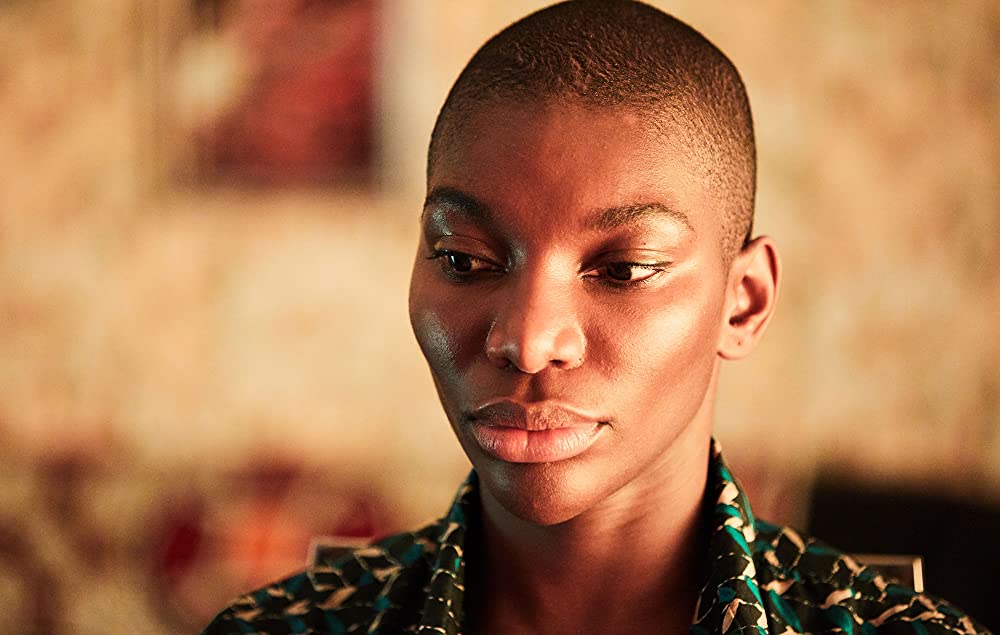By Molly Downham, Third Year, English Literature
“Do you consider yourself to be a ‘Rachel’ or a ‘Monica?” is the question that has confronted women for twenty-six years, since Friends (1994-2004) first aired. Imposed identification with the girl-next-door or grounded control freak.
Throughout the 1990s, female protagonists took to our TV screens with gusto. From the cast of Friends to Sabrina the Teenage Witch (1996-2003), these women were authentic but archetypal. Beautiful but supernatural; liberated but sexualised.
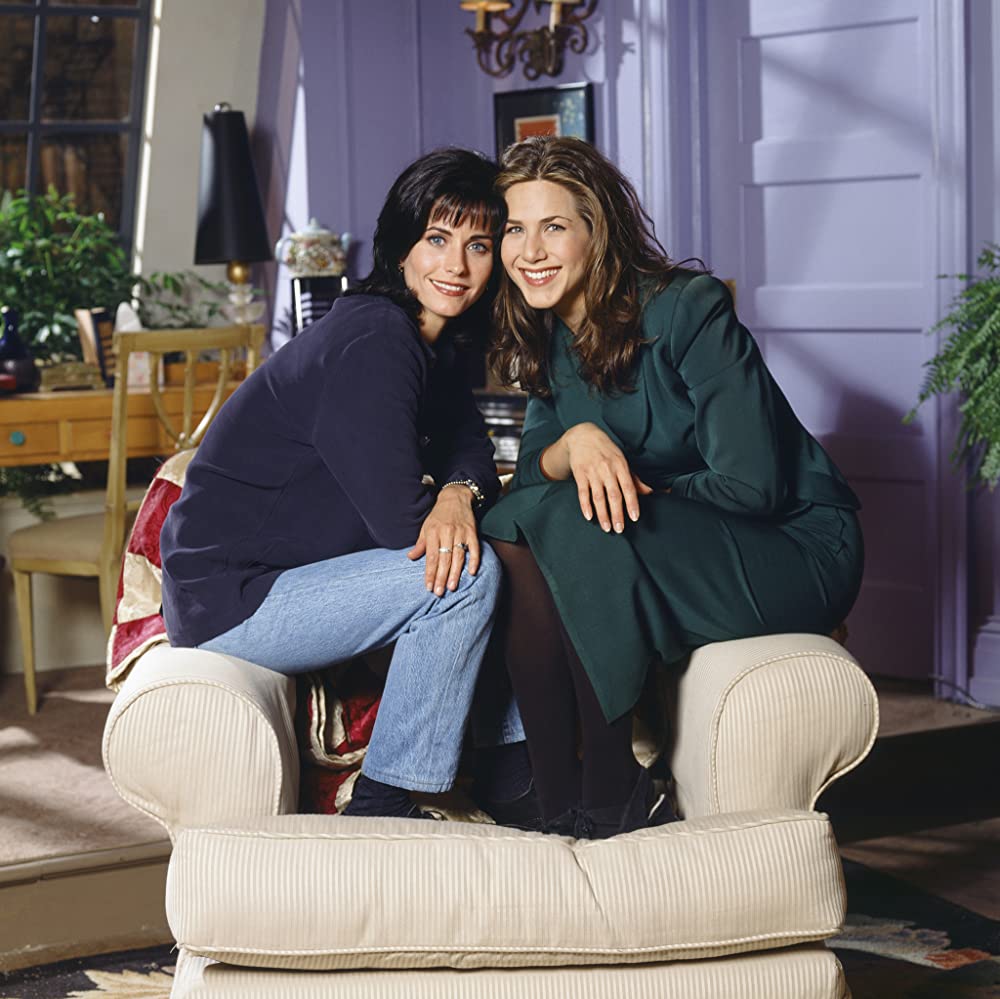
‘Girl power’ saw the rise of third-wave feminism, but also rampant sexism. Within the complicity of a permissive society, the female image was able to be distorted and reinstated through popular culture. The supermodel era advocated white beauty norms and the singular body type to fit all through Kate Moss – the symbol of heroin chic that came to define the early-90s. Music videos – whether it RnB or the Spice Girls – casually pornified the female body. Meanwhile, ‘90’s b*tch’ is an idiom that continues to disparage women in popular culture. Yet, we adore the shows.
Sex and the City (1998-2004) has been on repeat for decades and awaits a revival. The grainy camera quality captures the iconic Carrie, Samantha, Charlotte and Miranda in designer couture, running around the streets of New York City to fulfil careers and desires. The premise is enchanting and advocates ambition – but the characters are elitist and whitewashed. Carrie Bradshaw is constantly miserable without a man, and despite running a successful sex column, is deeply biphobic. Bisexuality is dubbed as the ‘layover to gay town’ rather than a legitimate identity.
Outmoded dialogue seeps over as friends in minority groups fall into simplistic stereotypes. The social pressure of marriage is continually enforced. But despite these immense faults, the women are complex, relatable, and we learn from their strengths as well as flaws. Carrie Bradshaw defied social destiny by claiming autonomy over her fertility. Samantha fought breast cancer and Charlotte overcame infertility. Miranda portrayed the strenuous realities of a career and motherhood show although a struggle, women can have it all. Their lives can also be validated and celebrated.
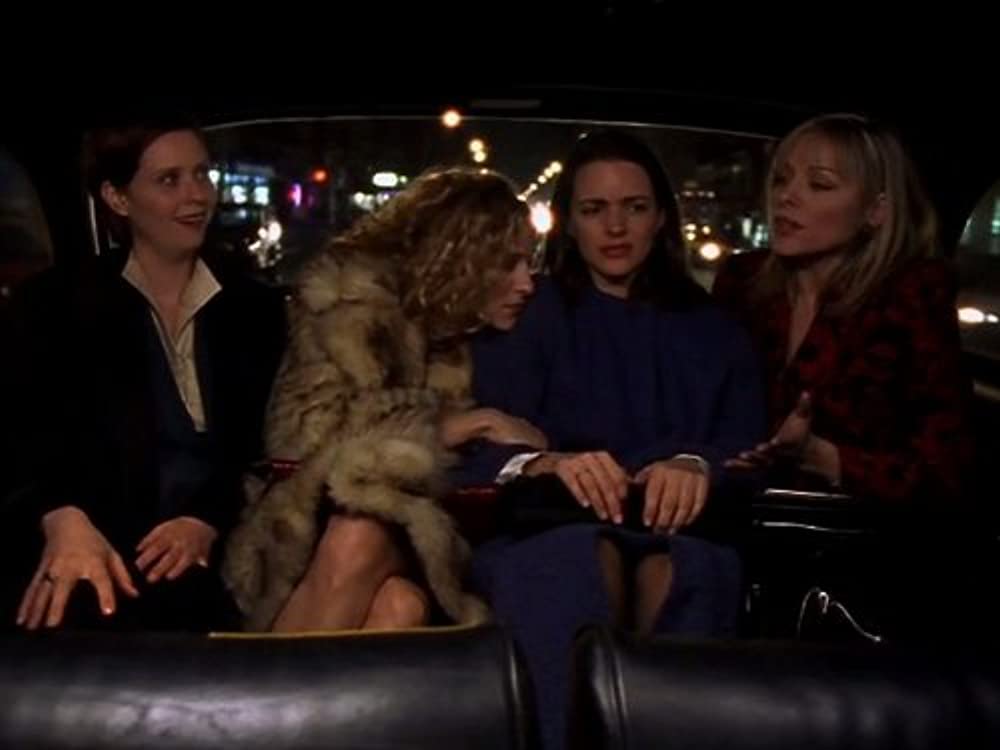
Into the 2000s, Gossip Girl (2007-2012) became a rite of passage for teenage girls in the digital age. The show presented that women can also be powerful and promiscuous – but this is distorted through the male gaze. Within minutes of the pilot, the camera pans to Dan intently watching Serena, who becomes an object of desire. As the series progresses, cyber-bullying and sexual exploitation become more rigorous. Even in 2006, the plot was intended to be highly uncomfortable to watch, as the pull-in was viewing Serena and Blair overcome and rise above. What can be taken away from the show is how significantly society has shifted. #MeToo has held the show accountable and we can watch retrospectively in the knowledge this is inadvertently an accurate portrayal of victimhood. The shortcoming is we had to wait a decade for justice to occur off the screen.
Next, the 2010s saw Lena Dunham’s Girls (2012-2017) premier to critical acclaim. The series reflected the struggling writer, Hannah Horvath, alongside millennial flatmates waiting for their lives to begin. The series gained acclaim for gritty realism but remains defenceless against intersectional criticism. The resurfacing requirement of wealth and whiteness within female protagonists signified little change within traditional broadcasting production since the 1990s.
However, The BBC is a rare example of a steadfast and striking transition. In the past five years, Villanelle appeared on Killing Eve (2018-). She is authentically intelligent, multilingual and driven with desire. The creator, Phoebe Waller-Bridge, also wrote Fleabag (2016-2018). It tells the story of a woman who lucidly articulates the dark thoughts we cannot – or are simply ashamed – to express.
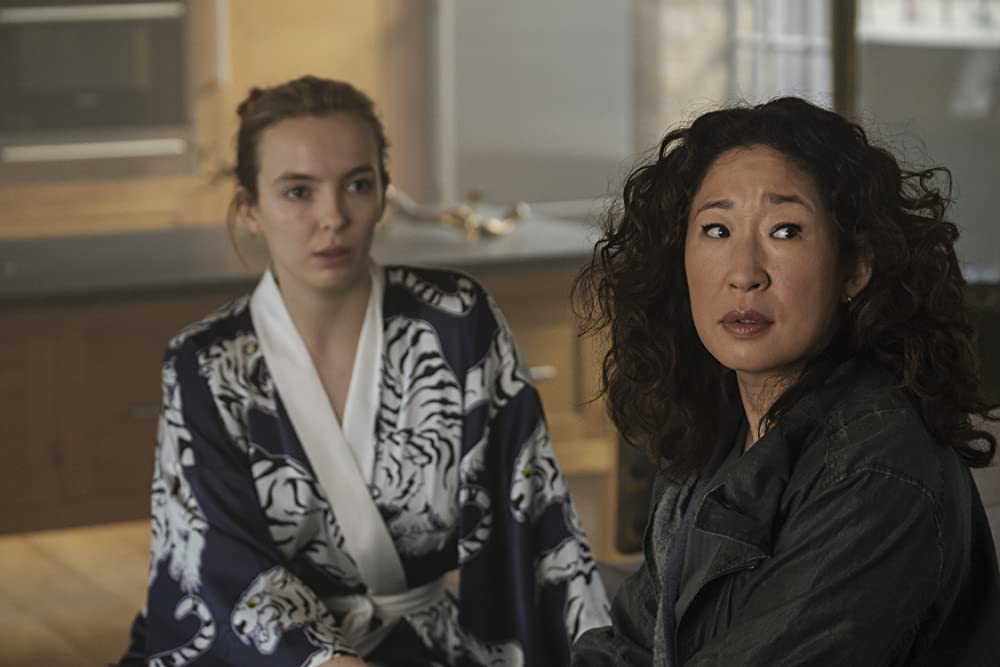
Doctor Foster (2015-2017) was a robust education in female anger. Normal People (2020) explored the delicate nuances of attraction through the female gaze with an ever-evolving female lead, Marianne. In the summer of 2020, Michela Coles’ I May Destroy You (2020) portrayed the complexity of consent, race and hook-up culture. The journey of Arabella navigating sexual trauma was a masterpiece that fortified the importance of Black British female voices.
But breaking away from traditional broadcasting and the establishment’s hold, digital streaming platforms have mobilised young creatives to evolve the female protagonist from the ground-up. Orange is the New Black (2013-2018) is Netflix’s most watched as well as longest original show. The series is universally acclaimed for humanizing female prisoners and depicting a range of ages, sexualities, body types, and nationalities through revolutionary female leads.
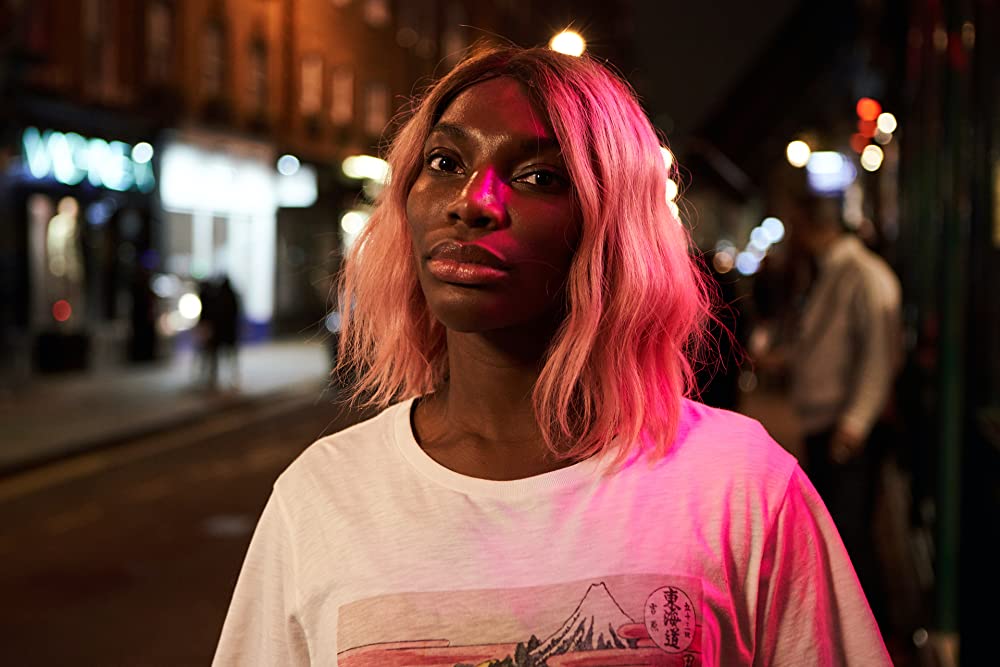
The development of female protagonists in television is a political signifier. Their stories and complexities are constantly accessible and streaming in the background of our everyday lives. Such intense cultural commentary should be met with a critical eye. We should ask why Emily in Paris (2020-) has been nominated for an Emmy when I May Destroy You Lost out. Who is writing the scripts, casting the leads – and with what intention?
That being said, we shouldn’t erase the past. Instead, we can appreciate how every failure to pass the test of time suggests a modern reckoning has occurred. Women on-screen have always had a degree of complexity: a glimmer of wit, humour, and relatability. But slowly, protagonists are becoming more complete. Women are shown to be heterogeneous, multi-faceted, and deeply fascinating.
Featured: IMDb, AMC Networks, NBC Universal, Inc.
Who's your favourite female protagonist? Let us know!

